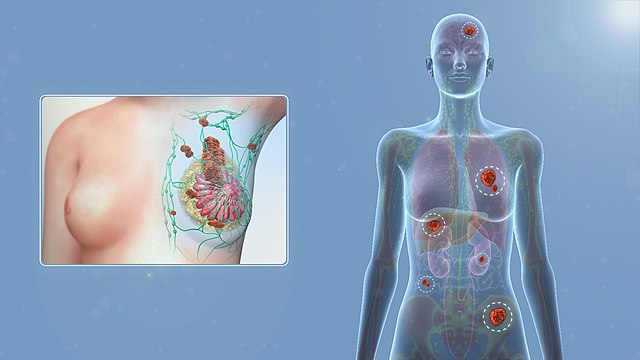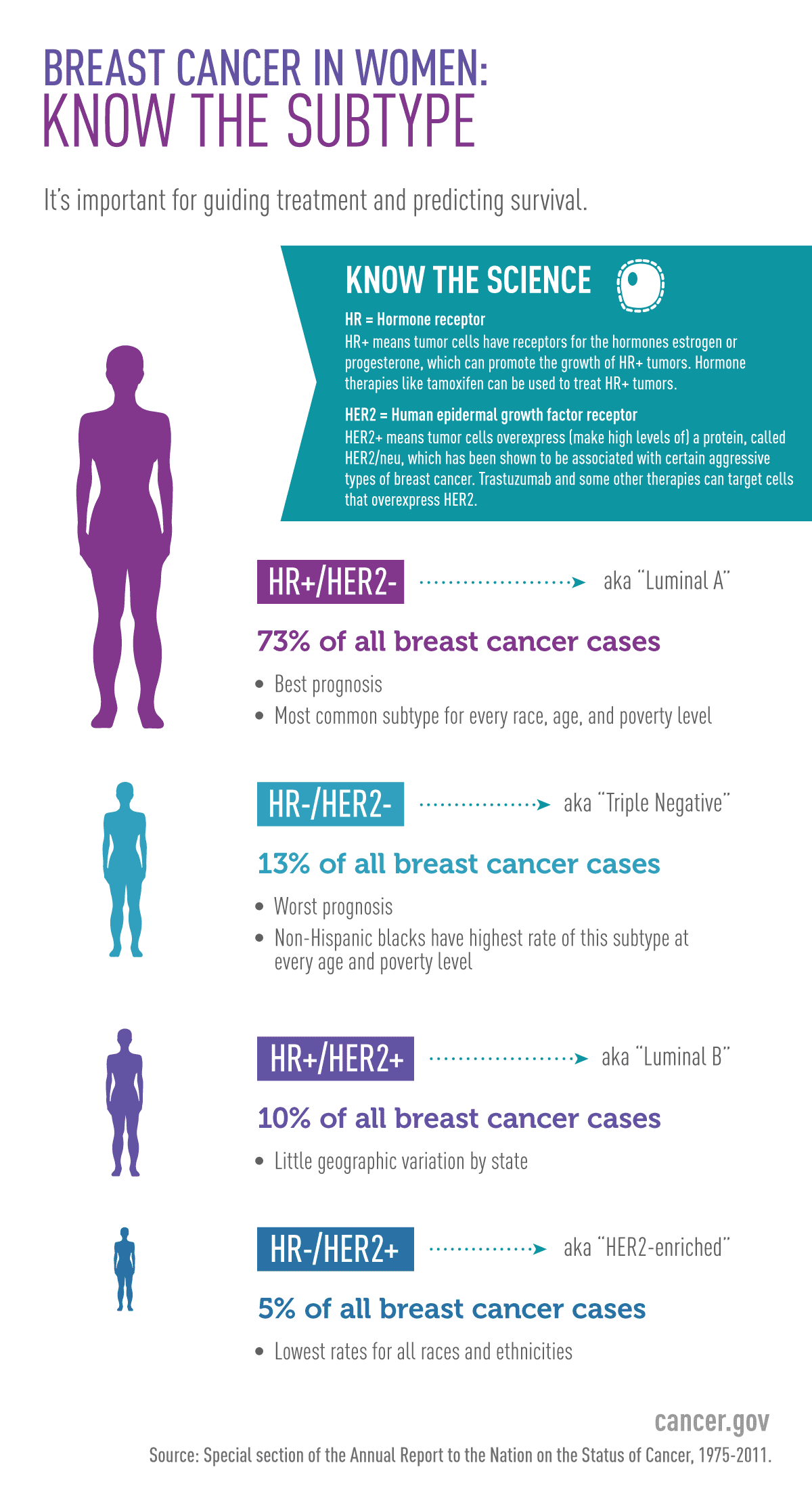Metastatic Breast Cancer
Metastatic Breast Cancer also called Stage 4 Breast Cancer is when the breast cancer has spread beyond your breast and lymph nodes to other organs in your body. Metastatic Breast Cancer is also called Advanced Breast Cancer.Metastatic Breast Cancer ICD 10 is C79.81.
The Metastatic Breast Cancer ICD 10 is C79.81 for easy claims submission. Tap “Watch Now” below for an easy-to-understand overview of Metastatic Breast Cancer.
- What Is Metastatic Breast Cancer?
- Understanding HR+, HER2, TNBC
Overview
Metastatic Breast Cancer means that the breast cancer has spread beyond your breast and lymph nodes, to other organs in your body such as your lungs, bones, brain or liver, as shown here.
What Tests Will I Need and Why?
Blood and Imaging tests are done to understand your general health, confirm your diagnosis and determine your cancer stage.
Tissue analysis is also typically done to identify your cancer sub-type, which is critical to finding the best treatment option for you. The most common Breast Cancer sub-types are Hormone Receptor Positive, HER2 Positive and Triple Negative (TNBC).
You may also require special Saliva or Blood Analysis to look for specific mutations (actual changes in your body’s DNA), called BRCA1 and BRCA2.
Read this summary as often as needed and then tap, “Compare My Treatment Options Now“. Our comparison page has been created to help you understand the latest FDA-approved treatment options including, where and how the treatment will be given, what side-effects you may have and most importantly, who can help you pay for your treatment.

Cancer Research U.K. CC BY-SA 4
Your Status is critical to identifying the best treatment option for you
In addition to the size and cancer stage, your treatment options are guided by your Hormone Receptor status (+ or -) and HER2 status. Status is identified by analyzing cancer cells taken from the tumor in your breast, a procedure called a Biopsy.
HR positive (HR+)
An HR+ diagnosis means that hormones are fueling the tumor. To understand your specific sub-type, your doctors will look for Estrogen Receptors (ER) and Progesterone Receptors (PR), your tumor can have one, both or neither.
About 70% of breast cancers are HR+.
If you test positive for HR, it means that your treatment should include medications that block hormone production.
HER2 positive (HER2+)
HER2 is a protein that is found in normal cells, it gives cells a signal to grow and produce more cells. A HER2 positive (+++) breast cancer diagnosis means that the tumor cells have too many HER2 proteins, causing uncontrolled tumor cell division, tumor growth and spreading.
About 15% of all breast cancer tumors are HER2 positive (+++). Some patients with HR+ can also have HER2 positive (+++).
If you test HER2+, it means that your treatment should include medications that block the HER2 protein to stop tumor cell growth.
HER2 Low
Until recently Breast Cancer could be divided into HER2 Positve and HER2 negative. It has been discovered that around 60% of patients with Breast Cancer who were previously considered HER2 Negative, have low levels of HER2 on the tumor cells that can respond to a specific anti HER2 targeted therapy.
If you were diagnosed with metastatic HER2 negative Breast Cancer, ask your doctor if you could be tested for HER2 Low.
Triple Negative (TNBC) (aka HER2-/HR-)
A TNBC diagnosis means that analysis of your cancer cells has shown that negative results for 3 key breast cancer “fuels”:
- Estrogen Receptors (ER)
- Progesterone Receptors (PR)
- Too much HER2 Protein
TNBC is a type of fast-growing breast cancer that occurs in about 13% of all breast cancers.
If you are diagnosed with TNBC+, it means that your treatment should include chemotherapy in most cases, and for some women Immunotherapy.

Recommended Breast Cancer Videos

Stage 4 Breast Cancer
A Helpful Introduction from Dr. Jennifer Griggs

Mom Living with Metastatic Breast Cancer
A woman living with metastatic breast cancer on Long Island has survived after years of treatment.

Karen’s TNBC Story, When We Trial
Brought To You By TouchBBCA

How Cancer Spreads
Metastatic = Advanced

Diagnosing Your Cancer
How Does a CT Scan Work?

Diagnosing Your Cancer
How Does a PET Scan Work?
Answers to Most Searched Questions
Stage 4 Breast Cancer Definition
Stage 4 Breast Cancer Survival Rate
Stage 4 Breast Cancer Symptoms
Stage 4 Breast Cancer Treatment
Stage 4 Breast Cancer Prevention
- Regular Screening: Follow mammogram and clinical breast exam guidelines for early detection.
- Healthy Lifestyle: Maintain a healthy weight, exercise regularly, and eat a balanced diet.
- Limit Alcohol: Consume no more than one drink per day.
- Avoid Tobacco: Do not smoke.
- Manage Hormone Use: Discuss the risks of hormone replacement therapy with your doctor.
- Genetic Counseling: For those at high risk due to family history or genetic factors, consider genetic testing and preventive measures.













